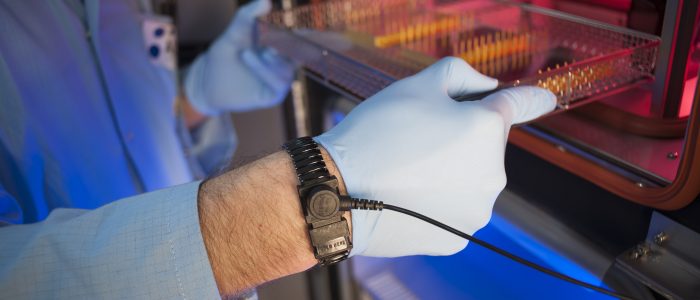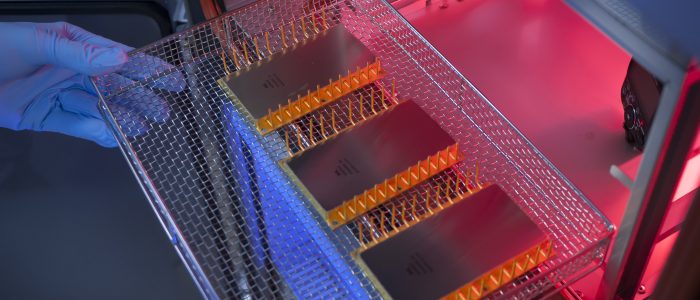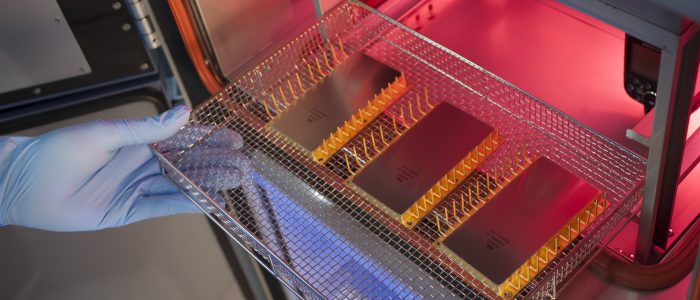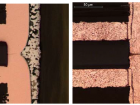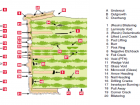Electronic Components Thermal shock testing is performed to determine the ability of parts to function properly in an environment with sudden extreme changes in temperature. It is also used for accelerated testing during product evaluation and qualification process.
Thermal shock air-to-air or liquid-to-liquid chambers are used to perform the testing, with a transfer mechanism that makes it possible to quickly transport test samples from hot to cold zones and back. Both air-to-air and liquid-to-liquid chambers are designed to meet the specified requirements in terms of temperature stability during and after each transition.
On completion of the determined number of cycles, an external visual inspection at a specific magnification is performed to determine the condition of the marking as well as of the case, leads and seals. This inspection and any additional required measurements are made after completion of the final cycle or upon completion of group, sequence, or subgroup of tests which include the thermal shock. Failure of any specified end-point measurements or examinations, evidence of defects or damage to the case, leads, or seals, or illegible markings (except those caused by the test fixtures or handling) are considered to be a failure.
- Thermal Shock Test, Electronic Components | EEE Parts - 20th January 2016


